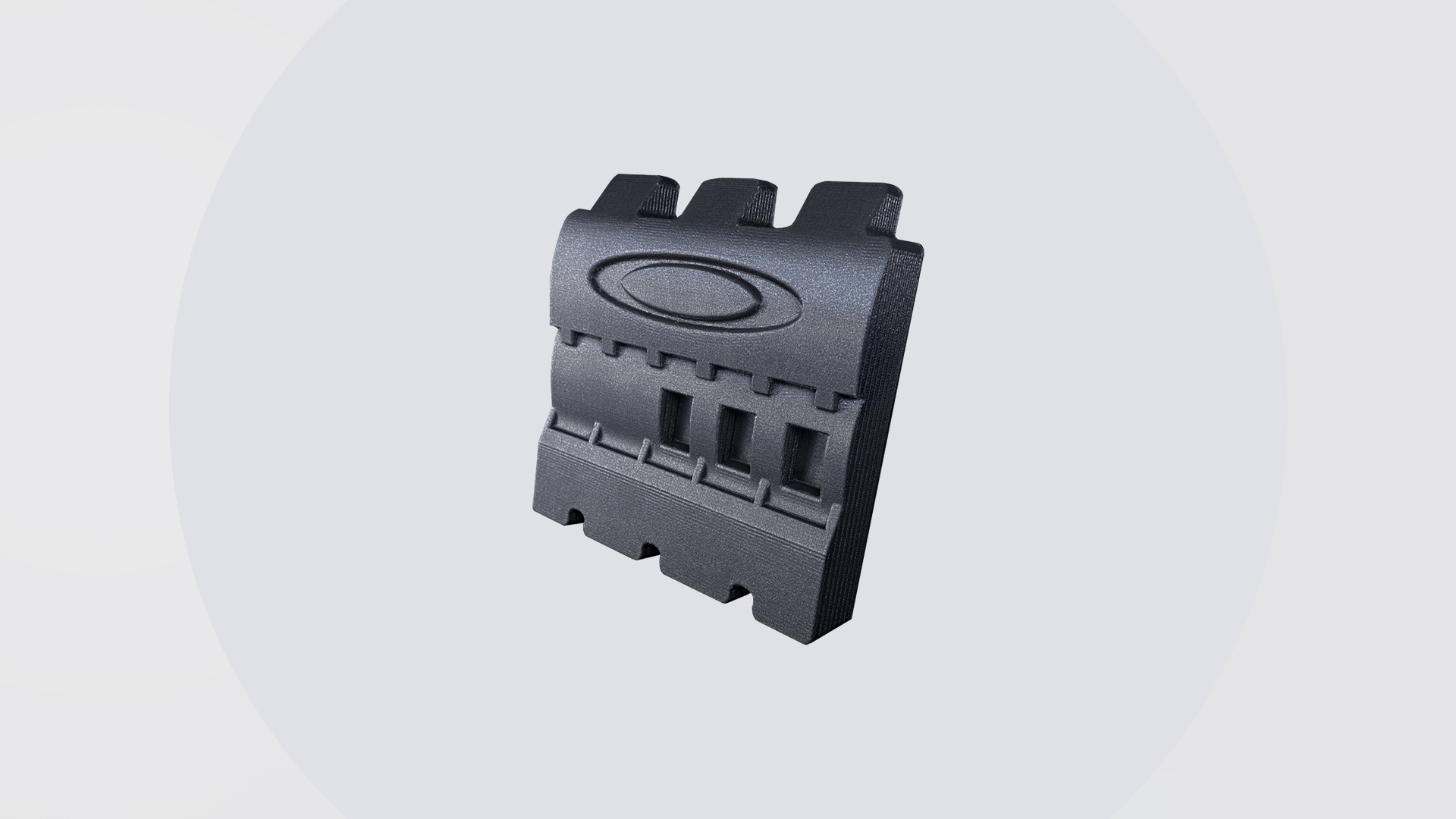
High performance production: what is thermoforming?
Thermoforming is a plastics processing method by heat. This technique is used in various industrial sectors, frequently in the production of blisters, containers, lids and even for components common in the food and medical market.
For example, in the Automotive sector, it is widely used as a production methodology for door panels, dashboards and coverings, using thermoplastics such as PVC, ABS and PP.
The process consists in heating the polymer films or sheets to high temperatures in a range between 150 °C and 205 °C (300 °F to 400 °F). The pressure exerted for shape transfer can vary between 0.7 and 207 bar (10 to 3000 psi), depending on the thickness and type of material considered. Subsequently, the material is then cooled to a few degrees below the glass transition temperature before removal from the mold.
Traditionally wood, resin, or aluminum molds are used, depending on the size of the parts to be thermoformed and the geometry tolerances and quantities to be produced.
The mold production process takes time and, in some cases, can be very taxing, especially when dealing with molds with complex geometries. Furthermore, design variations of a component cannot be easily integrated into this process. Very often it is necessary to rework the mold to proceed with a new production.
Roboze 3D printing: advantages and possibilities
Roboze 3D printing has a wide range of materials suitable to produce molds for thermoforming such as Carbon PEEK, a material with excellent compressive strength up to 229 MPa (2290 bar). The carbon content thermally stabilizes the material, giving it a Heat Deflection Temperature (HDT) of 280 °C, which allows the creation of molds suitable for use with a wide range of plastics.
The ARGO 500 3D printer of the Roboze Production series allows the creation of parts with complex shapes with maximum freedom of design, allowing to obtain benefits such as a 50% reduction in mass and the possibility of incorporating ventilation holes, eliminating the need to drill the part produced. The ability to easily produce complex geometries provides advantages in optimizing the process, saving up to half the time traditionally required. With ARGO 500, it is possible to optimize the process by digitizing the warehouse and producing On Demand and Just in Time with reactive and almost immediate times compared to traditional production methods.
If you want to integrate a Production 3D printer in your factory, send an email to info@roboze.com, get ready to print strong like metal!
-
#PrintStrongLikeMetal #OnDemand
